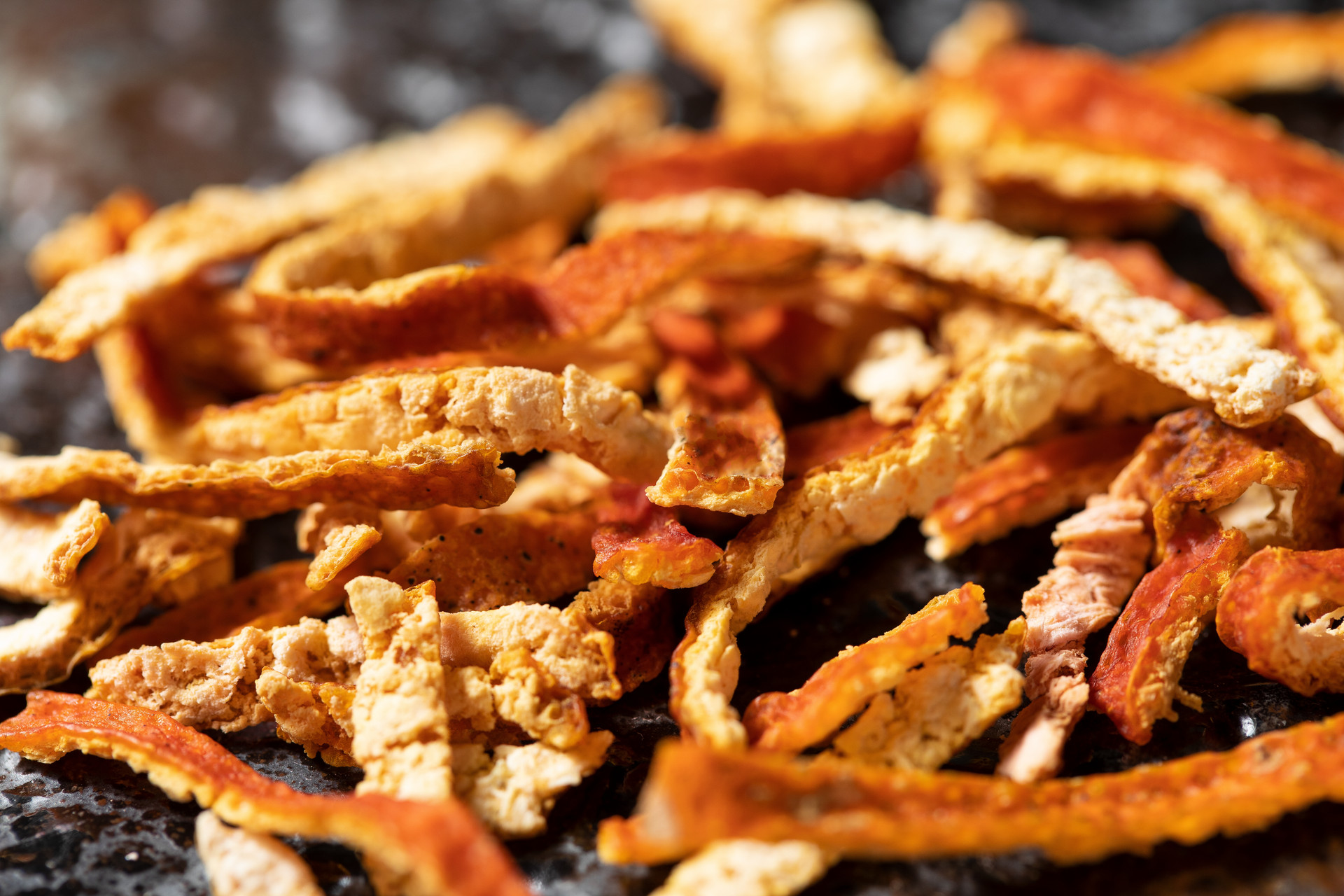Antibiotics are one of the widely used drugs, and there are many considerations when they are used in combination with traditional Chinese medicine. Improper use can lead to drug-induced diseases and adverse consequences.
Tannins
Chinese medicinal herbs containing tannins should not be taken with certain antibiotics, such as hydrobenzylpenicillin, erythromycin, chloramphenicol, and lincomycin. Tannins are complex polyphenolic compounds, and some of the components in their molecules can change the properties of enzymes and bacteria when combined with them. Therefore, when tannin-containing Chinese herbs are taken with antibiotics like erythromycin and chloramphenicol, hydrochloric acid precipitates may be formed, making it difficult for the drugs to be absorbed and affecting their efficacy.
Tannin-containing Chinese herbs include: diyu, pomegranate peel, hawthorn, dark plum, ercha, golden thread, gallnut, rhubarb, hezi, tiger cane, and xianhecao.
Calcium
Chinese herbs containing calcium should not be taken with aminoglycoside antibiotics such as gentamicin, tobramycin, and netilmicin. When aminoglycoside antibiotics bind with calcium ions, they can increase the neurotoxicity of the antibiotics. In addition, when Chinese herbs like chuanwu, caowu, and fuzi, and Chinese patent medicines like xiaohuoluodan, sanqipian, and yuanhuzhitongpian are used together with antibiotics like streptomycin, gentamicin, and kanamycin, it may enhance the toxicity to the auditory nerve, leading to tinnitus and deafness.
Calcium-containing Chinese herbs include: longgu, muli, haipiaoxiao, lu jiao, and gouqi.
Metal Ions
Chinese herbs and their preparations containing metal ions should not be taken with norfloxacin. Niuhuang Jiedu tablets contain niuhuang, rhubarb, and huangbai, which contain metal ions. When taken with norfloxacin, calcium chelates may be formed, reducing the solubility of the drugs and making them difficult to be absorbed in the intestines, thereby reducing their efficacy. Therefore, they should not be taken together, and if necessary, they can be taken separately with a time interval of 2-3 hours.
Metal ion-containing Chinese herbs include: Niuhuang Jiedu tablets.
Organic Acids
Chinese herbs and their preparations containing organic acids should not be taken with sulfonamide drugs and macrolide antibiotics (such as erythromycin). When Chinese herbs containing organic acids are combined with sulfonamide drugs, the urine may become acidic, reducing the effectiveness of the sulfonamide drugs. They should also not be combined with erythromycin, as erythromycin is unstable in acidic environments with low pH.
Organic acid-containing Chinese herbs include: dark plum, schisandra, dandelion, hawthorn, dogwood fruit, nüzhenzi, and baohe pills.
Convallaria
Chinese herbs containing convallaria should not be taken with clarithromycin. In recent years, convallaria has been widely used in the treatment of infectious diseases due to its ability to enhance phagocytic function of white blood cells and its anti-infective effects. However, convallaria should not be taken with clarithromycin, as the combination can inhibit the phagocytic function of convallaria and reduce its therapeutic efficacy.
Representative herb: convallaria.











